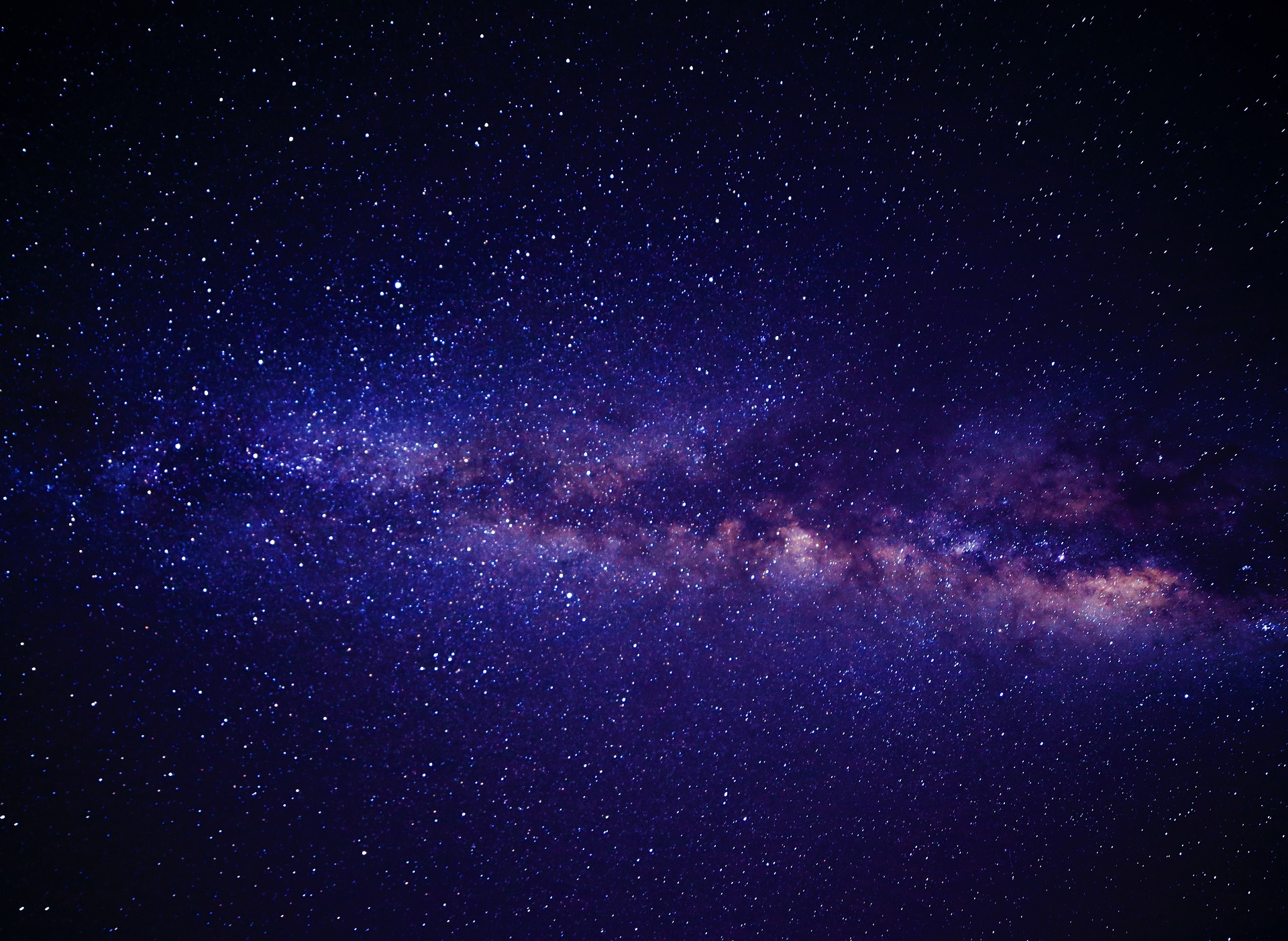News release
From:
Astronomy: Early phases of a supernova captured
Observations of the early phases of a supernova (within hours of the star’s explosion) that occurred approximately 11.5 billion years ago are presented in a paper published in this week’s Nature.
As part of a systematic search of archival imaging from the Hubble Space Telescope, Wenlei Chen and colleagues identified images of a rapidly evolving supernova in the Abell 370 galaxy cluster obtained in December 2010. The three gravitationally lensed images show the early phases of the supernova at different times, beginning around six hours after the explosion of the star. The authors report that the supernova has a redshift (a measure of how much the Universe has expanded) of approximately 3, corresponding to the event taking place around 11.5 billion years ago. An analysis of the brightness and colour of the images suggests that rapid cooling took place over the course of around eight days. From this, the authors were able to calculate the radius of the star prior to the explosion to be about 530 times that of the Sun. This size is consistent with that of a red supergiant.
Chen and co-authors suggest that the discovery of further gravitationally lensed supernovae offer the opportunity to study massive stellar populations at high redshift.



 International
International


